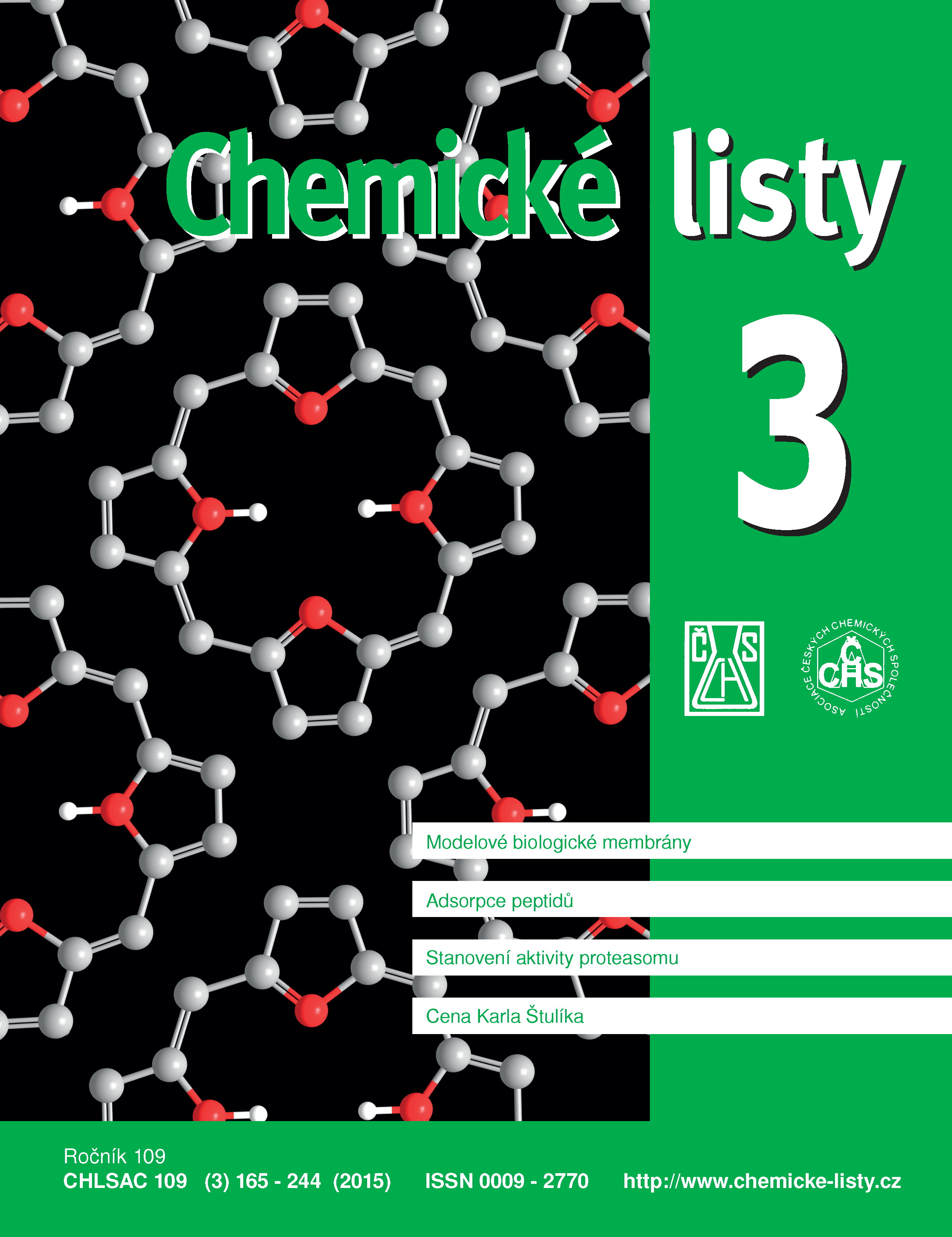Laser-induced Deposition of Organic Materials
Keywords:
laser depositions, organic materials, thin layersAbstract
This review deals with four major laser deposition technologies (pulsed laser deposition, matrix assisted pulsed laser evaporation, laser induced forward transfer, matrix assisted pulsed laser evaporation – direct write), used for depositions of organic materials in both vertical (thin films) and horizontal structures (with high-resolution motives). Each technology is described in terms of the principle and its capability of nondestructive depositing polymers and biological materials. The influences of the used deposition methods on chemical composition and morphology of the deposited material. Using the laser deposition technologies for organic materials is still considered an alternative to the conventional methods. The aim of this review is to show that laser deposition technologies can in many respects overcome the conventional technologies and serve well the needs of new, progressive trends in the chemistry, material science and electronics.





